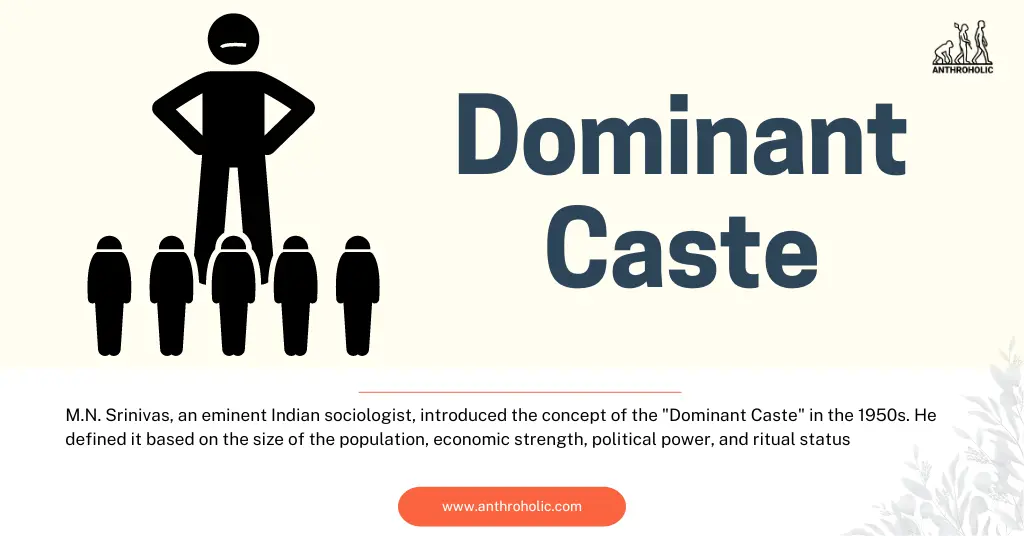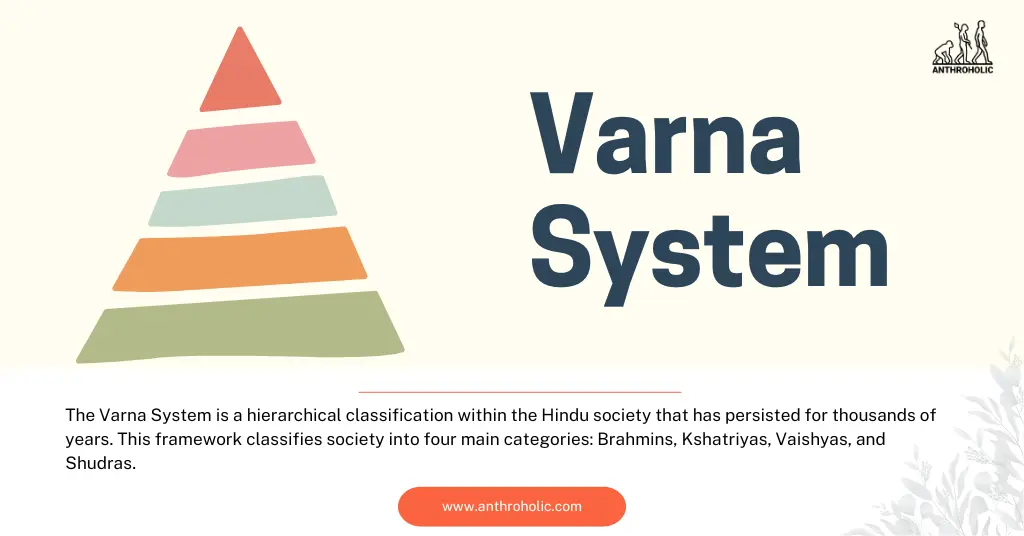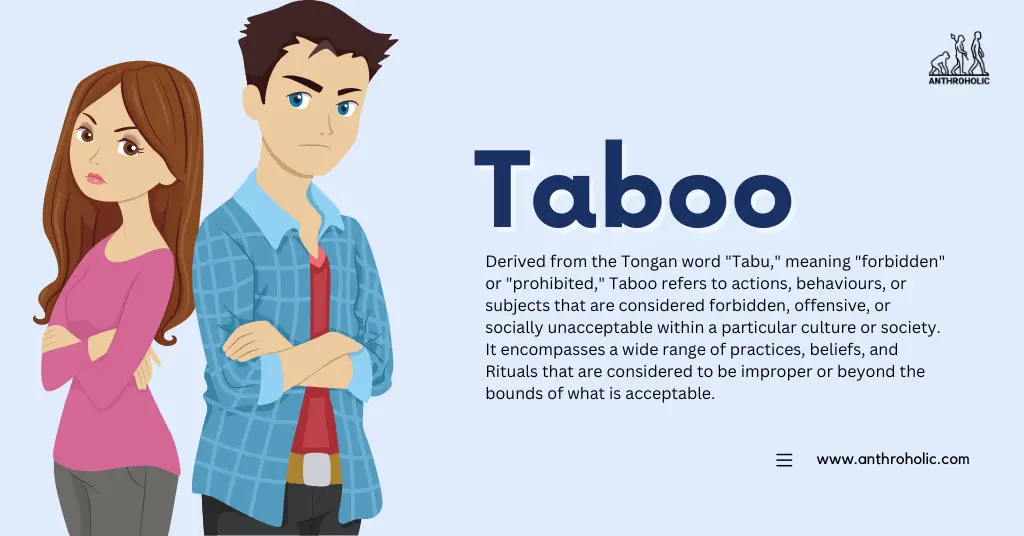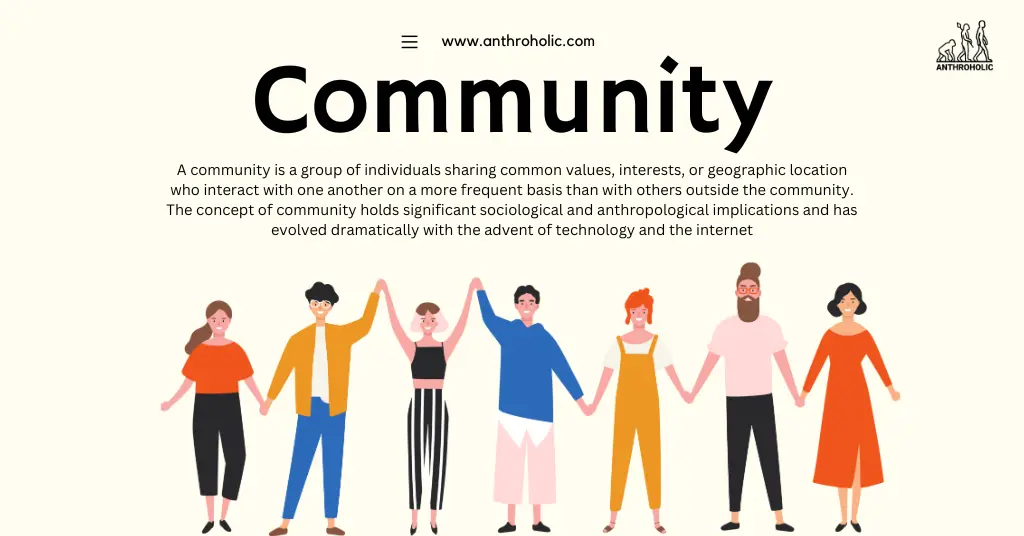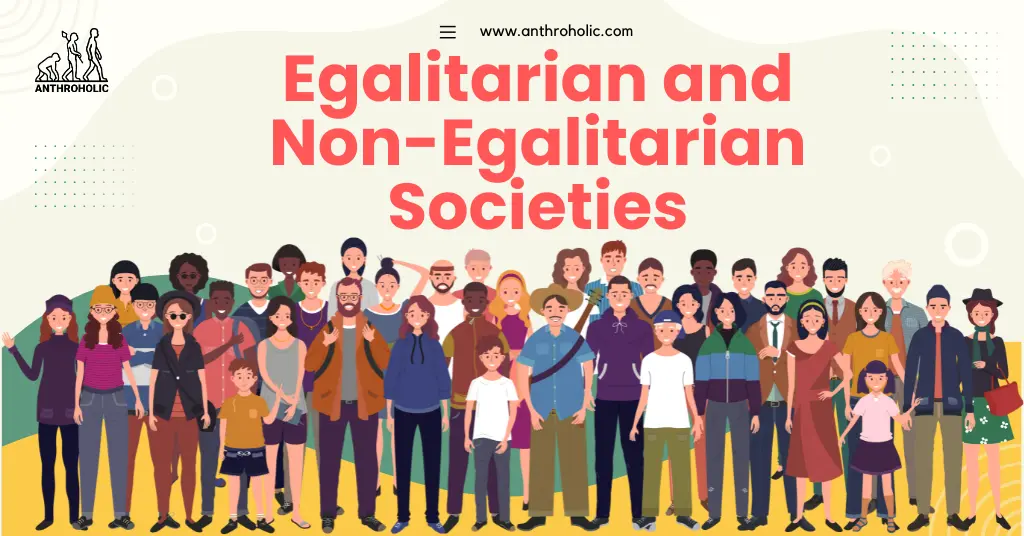AI Answer Evaluation Platform Live Now. Try Free Answer Evaluation Now

How Societies Have Nurtured Newborns Through the Centuries
The way humans have cared for their newborns tells a deeper story about culture, survival, and adaptation. In early human societies,


